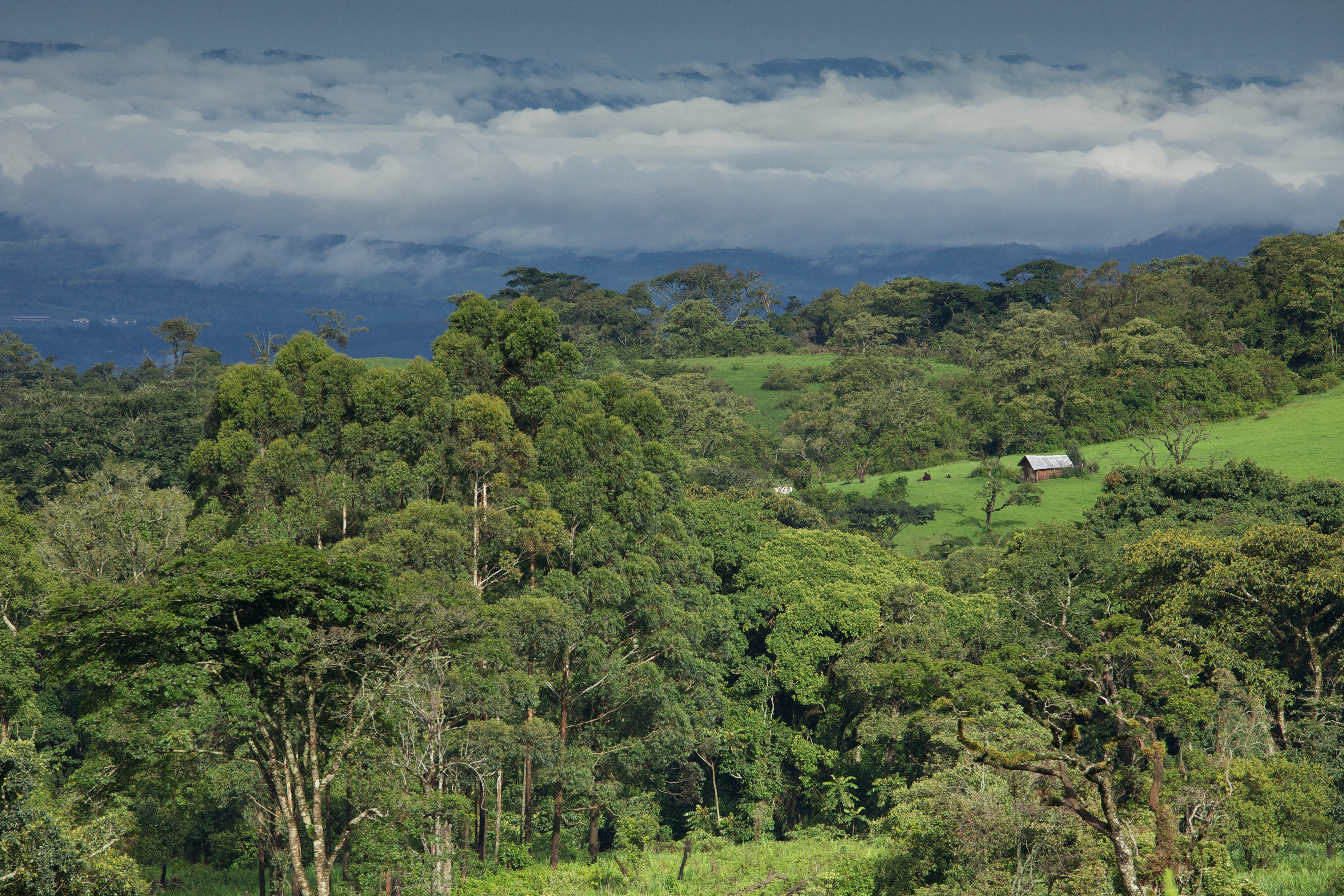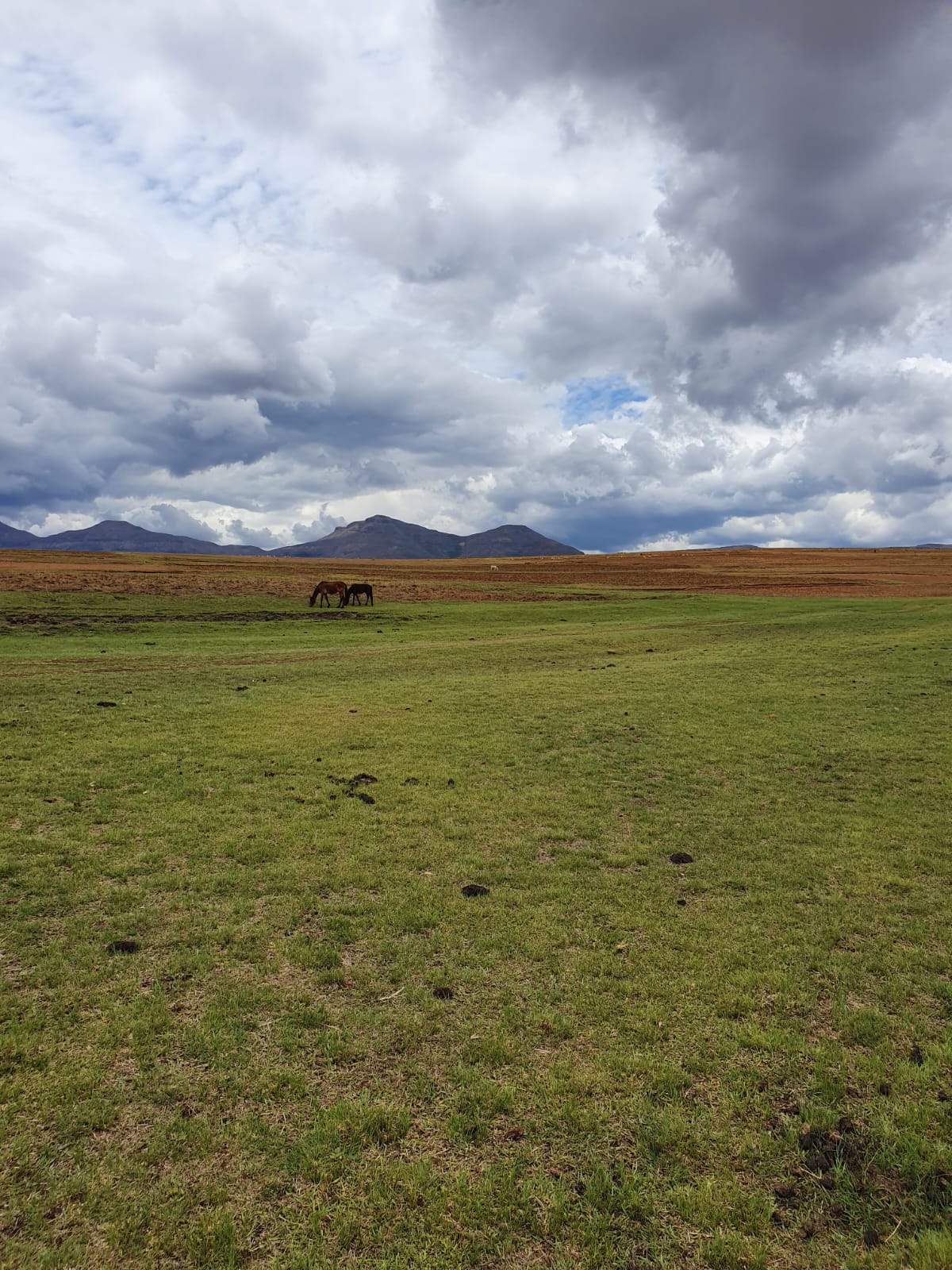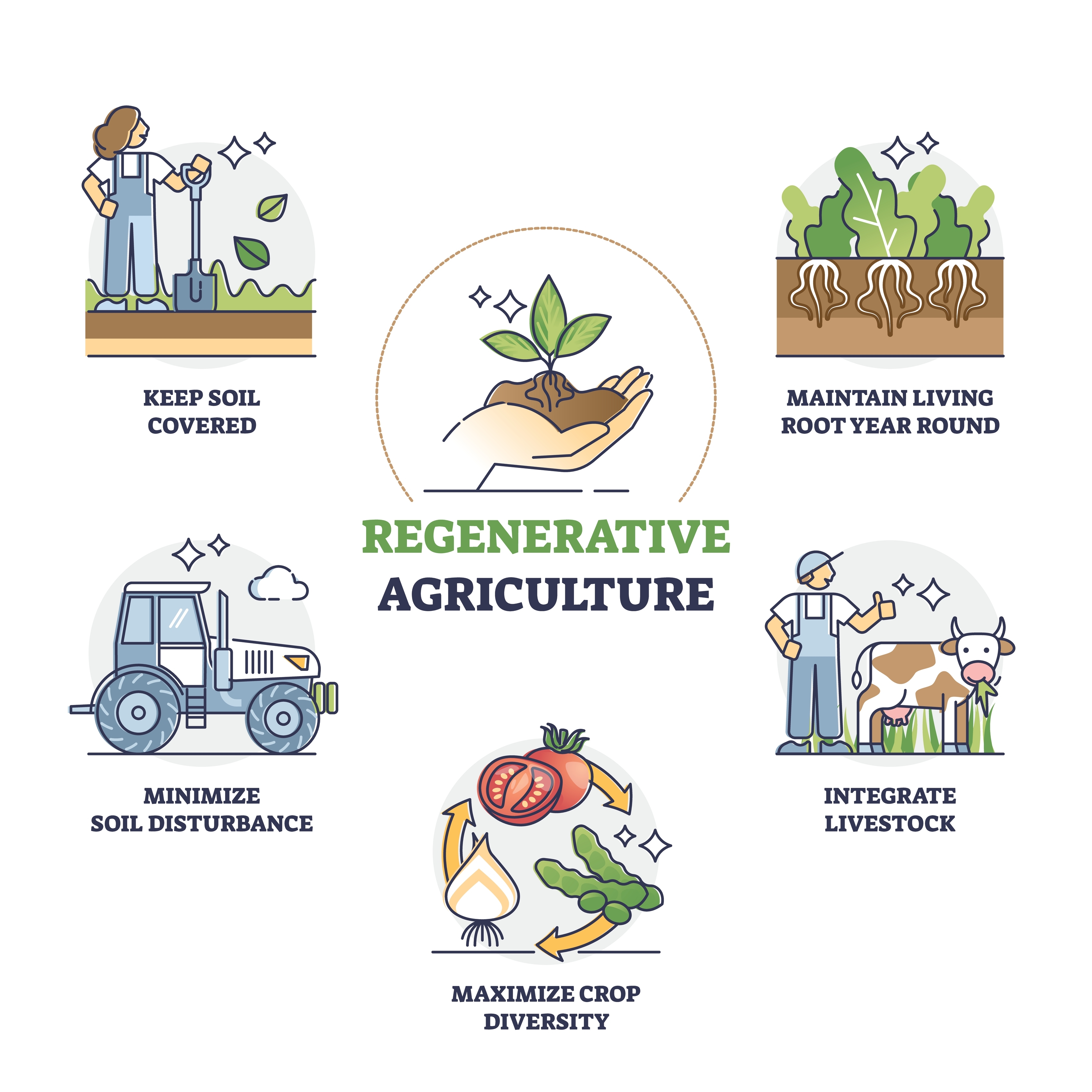NATURE BASED SOLUTIONS
What are Nature-based Solutions?
Well-designed Nature Based Solutions can contribute to tackling climate change, habitat and biodiversity loss, whilst supporting many of the 17 UN sustainable development goal and restoring the equilibrium to protect the planet, people and ensure prosperity for future generations.
Nature-based solutions provide roadmaps for solving the societal challenges that involve working with nature to deliver solutions. They include the protection, restoration or management of natural and semi-natural ecosystems, the sustainable management of productive land and seascapes, or the creation of novel ecosystems such as urban ‘green infrastructure’.
Lifecycle Assessments – In an given ecosystem, we now have the knowledge and science to conduct Life Cycle Assessments associated with environmental impact and circular economy principals allowing us to identify the vulnerable areas in our project ecosystems and put in place science and nature based improvement plans for restoration, improvement and maintenance of these assets. This means allowing forests to regrow, restoring coastal wetlands, mangroves, peat bogs, protecting habitats, and switching to restorative agricultural practices, such as minimum tillage, cover crop rotations, planting perennials, improve pasture density and biodiversity and sustainable grazing management that mimic natural systems. With such practices, these ecosystems will become more productive, restore natures balance, improve soil health and fix more CO2 it in plants, soils, microorganism and sediments.
The key benefits of Nature Based Solutions include:
- Future Proofing Land Usage and protecting livelihoods and communities
- Reversing ecosystem and habitat loss to ensure future generations inherit sustainable ecosystems
- Giving Landowners and stakeholders the Credit for Sustainability
- Creating a mechanism for landowners that allows for farm gate branding relating to positive sustainability attributes demanded by consumers
- Reversing climate change and restoring the natural balance of productive ecosystems and habits
- Healthy ecosystems underpin healthy, resilient nations and communities
 Some evidence-based guidelines and examples for delivering successful, sustainable Nature Based Solutions with long term benefits for people and nature are as follow:
Some evidence-based guidelines and examples for delivering successful, sustainable Nature Based Solutions with long term benefits for people and nature are as follow:

Restoring and protecting forests and wetlands in catchments

Bringing nature into cities

Coastal habitat restoration
Sustainable/Regenerative Agriculture

Keeping forests and woodlands standing

Improving Grasslands


